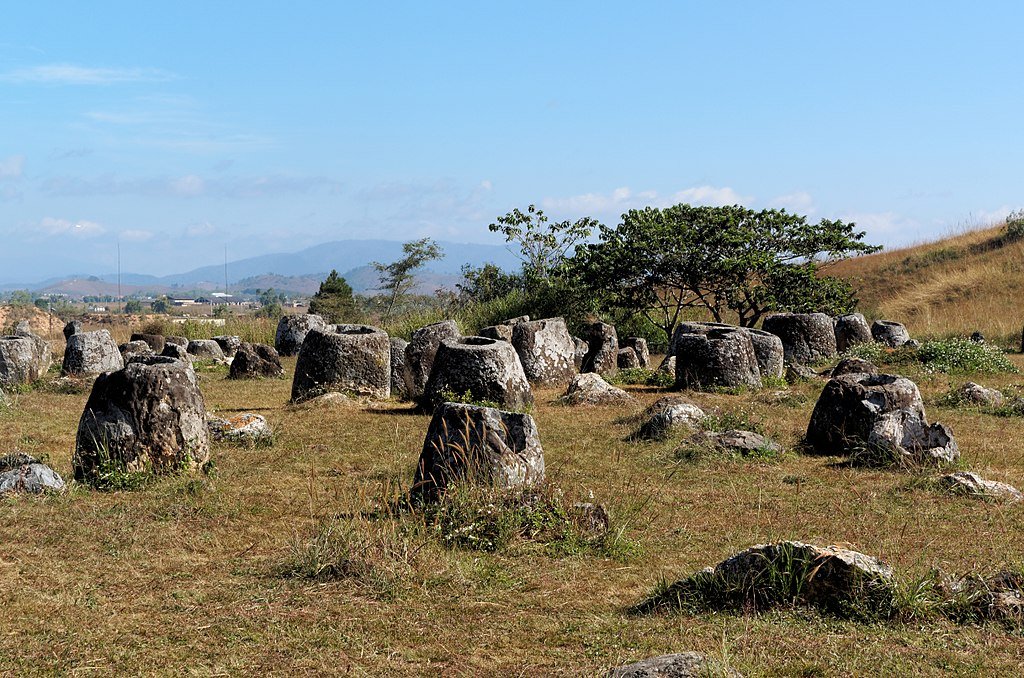The Japanese quail has a résumé that is very strange for a bird. What started out as a songbird in 11th-century Japan has become a scientific wonder that produces foamy semen, struts around after mating, and even hatches in space. These small birds, no bigger than a human hand, have strange evolutionary traits that have interested biologists for decades. Japanese quails surprise us at every turn, from their strange ways of reproducing to their unintentional role in space exploration.
The Meringue-Like Mystery: Why Do Quails Produce Foamy Sperm?
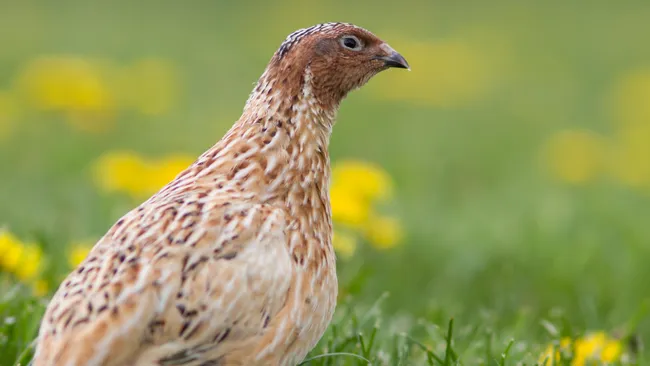
During their studies on Japanese quails in the 1950s, scientists noticed something odd: the male quails released a meringue-like foam during ejaculation. This foam is not a random biological byproduct; in fact, it may serve an important function towards achieving pregnancy.
Researchers have theories regarding the purpose of the foam. They believe that the contractions combined with microbial gas and the foam’s bubbly texture sperm assists sperm to mature, accelerates movement, and even functions as an antibacterial shield. It is indeed fascinating that aside from domestic turkeys, no other bird is known to produce such substances which hints most birds have lost an evolutionary advantage.
The Post-Sex Strut: A Quail’s Bizarre Mating Ritual
The courting of Japanese quail doesn’t end with sex. After mating, males do a unique “post-ejaculatory strut,” which is a quick, stiff-legged walk while puffing their chests and making soft calls. People used to think that this display was just a sign of excitement after sex, but it might actually have a useful purpose.
Studies show that the strut might help move the foam deeper into the woman’s reproductive tract, which could make it more likely that she will get pregnant. It could also show other males that it is in charge or reassure the female that mating went well. No matter what, it’s one of the weirdest things animals do after sex.
From Imperial Courts to Factory Farms: The Quail’s Unlikely Domestication

Japanese quails were valued for their songs long before they became popular in labs. Records from 11th-century Japan say that nobles kept them in decorative cages, like canaries. But by the early 1900s, they were great for mass egg and meat production because they reproduced quickly and were small.
A single female can lay 250 to 300 eggs a year, which is a lot more than chickens can do for their size. Because they bred so quickly, scientists and, eventually, astronauts found them very useful.
The First Birds in Space: Quail Embryos Orbit Earth
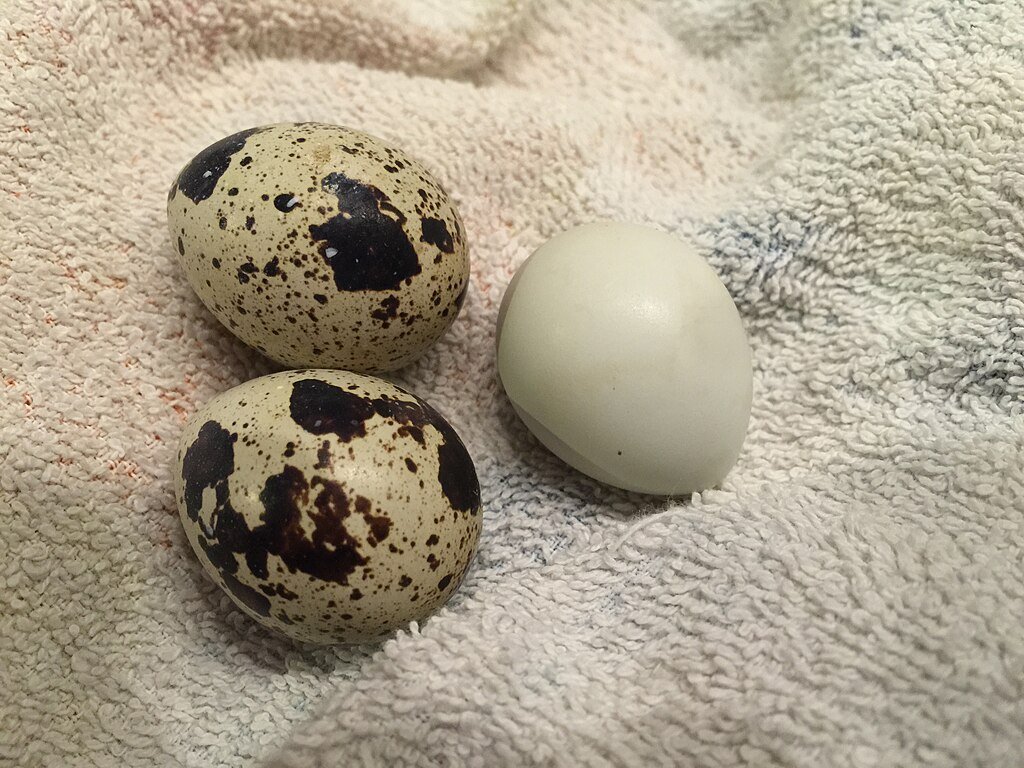
Japanese quails made history in 1990 when Soviet Space Station Mir attempted to grow embryos in microgravity. Space chicks were the first birds ever born in space. Against all odds several chicks quailed which was rather miraculous – able to overcome the gravitation outside of our planet.
Considering vertebrates without gravity would pose quite the challenge and difficult reasoning to try and work outside of this planet. Their mission displayed that humans are able to reproduce while surrounded by space is a good achievement for the future of humanity and our development and mission that await further on life to the center of the universe .
Why Scientists Love Studying Quails (Hint: It’s Not Just the Foam)
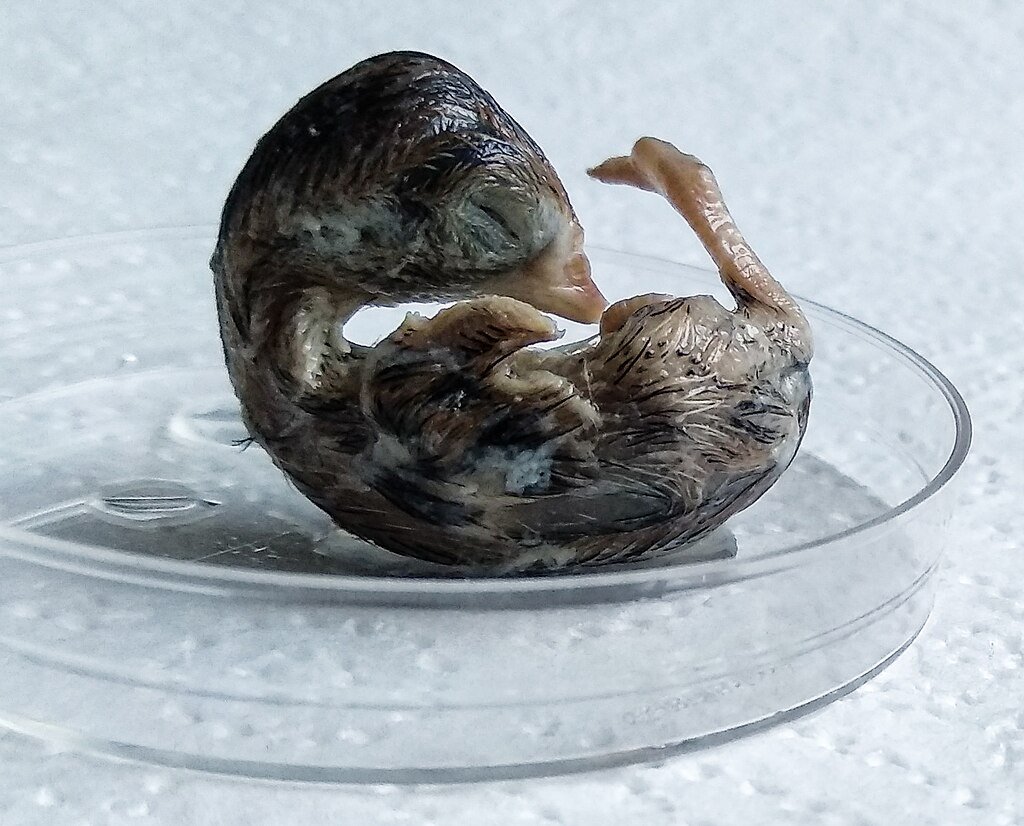
The peculiar sperm structure of Japanese quails makes them an intriguing topic in biology. Their rapid growth (in six weeks), frequent egg production, and close genetic relations to chickens make them convenient for research on:
- Reproductive biology : due to the foam that aids fertilization
- Neurobehavioral studies : they observe their mating rituals to study behavior
- Space embryology : post Mir mission research
Their small size also makes them easier and cheaper to keep than most other birds, which is why they have become ubiquitous in laboratory settings around the globe.
Could Quail Foam Hold the Key to Human Fertility?
The same foam that scientists couldn’t figure out in the 1950s might be useful in medicine in ways they didn’t expect. Researchers are looking into whether synthetic versions could:
- Help sperm live longer in assisted reproductive technologies like IVF
- Prevent infections during artificial insemination
- Improve birth control methods by stopping fertilization
The quail’s strange reproductive biology could one day affect human fertility science, showing that even the strangest adaptations can be useful.
Conclusion: A Bird Unlike Any Other
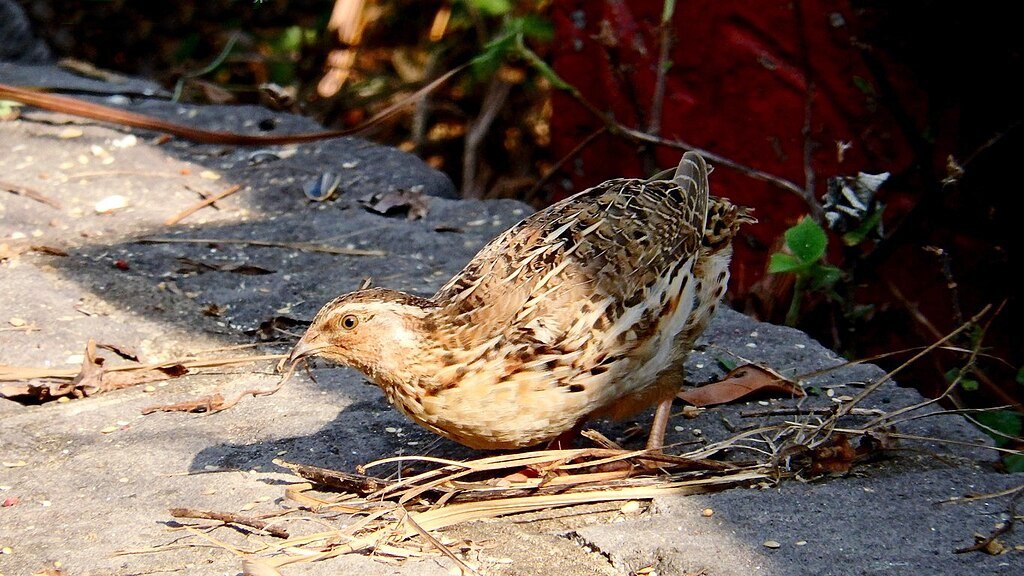
Japanese quails are more than just animals on farms or in labs; they are puzzles in evolution. They make us question what we know about reproduction, behavior, and even life beyond Earth with their strange seminal foam and accidental spacefaring legacy. When you see a quail egg on your plate again, remember that this small bird has been to space, changed biology, and still has secrets that we are just starting to learn about.
Sources:

Suhail Ahmed is a passionate digital professional and nature enthusiast with over 8 years of experience in content strategy, SEO, web development, and digital operations. Alongside his freelance journey, Suhail actively contributes to nature and wildlife platforms like Discover Wildlife, where he channels his curiosity for the planet into engaging, educational storytelling.
With a strong background in managing digital ecosystems — from ecommerce stores and WordPress websites to social media and automation — Suhail merges technical precision with creative insight. His content reflects a rare balance: SEO-friendly yet deeply human, data-informed yet emotionally resonant.
Driven by a love for discovery and storytelling, Suhail believes in using digital platforms to amplify causes that matter — especially those protecting Earth’s biodiversity and inspiring sustainable living. Whether he’s managing online projects or crafting wildlife content, his goal remains the same: to inform, inspire, and leave a positive digital footprint.




